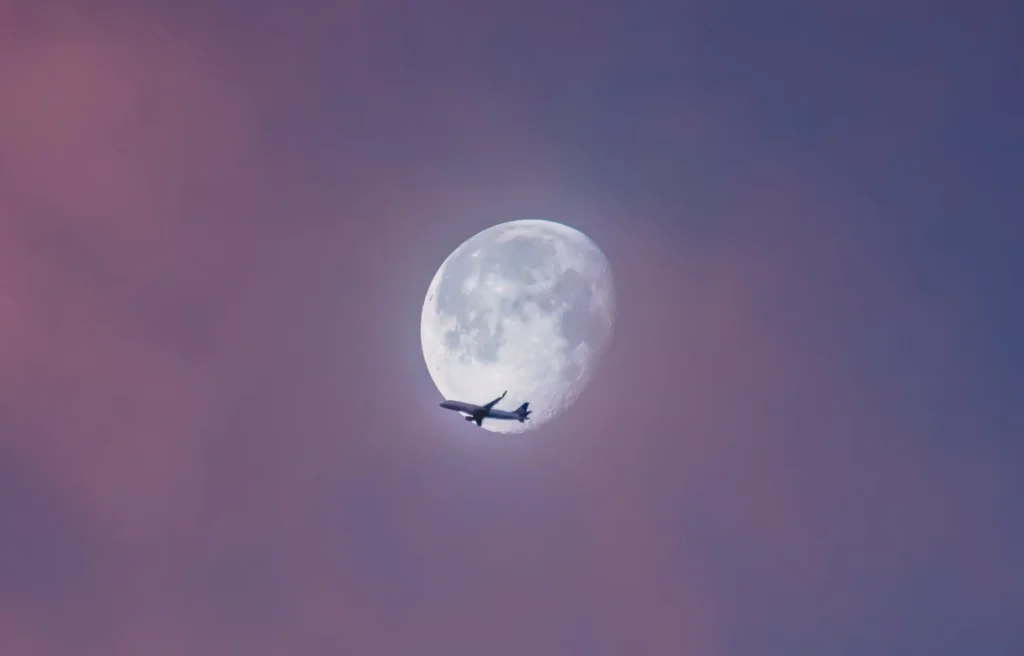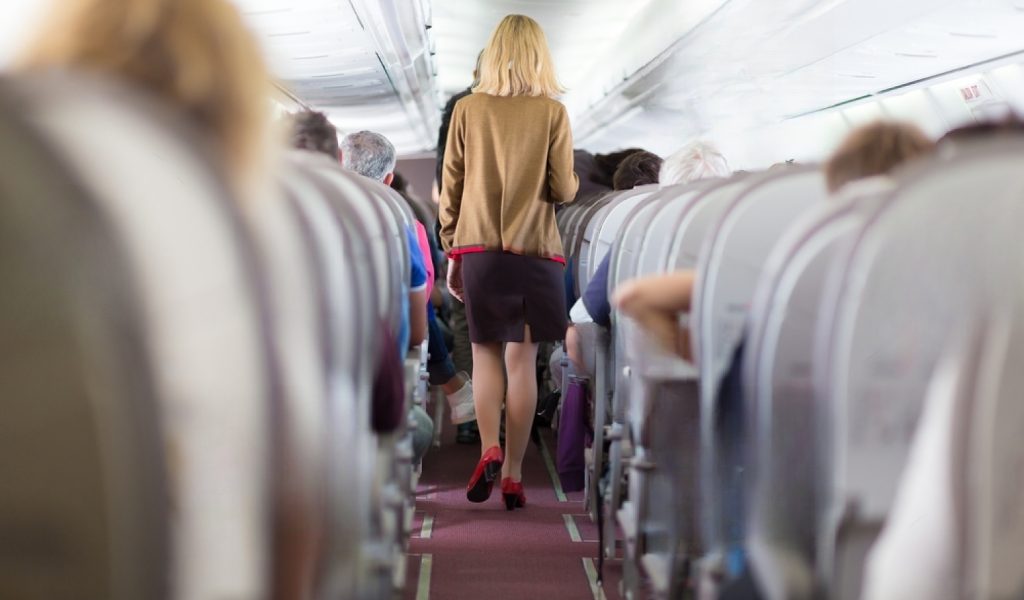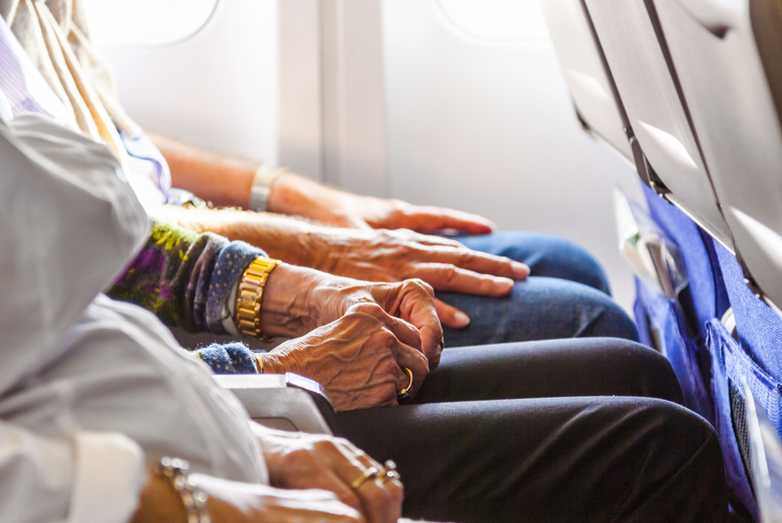
Is Your Health at Risk on Long Flights?
Fly often? Here are easy tips to keep your body healthy
Right now, the longest flight in the world lasts almost 19 hours, connecting Singapore to New York. But do we really need such long flights?
Thanks to technology like AI and electric planes, air travel is getting better. But are these long flights safe for our health?
Flying has some health risks, like dealing with bugs or bad smells. Adding a few more hours to the flight probably won’t make a big difference, though.

“If it’s just a small part of the trip, it’s not a big deal,” says Fanancy Anzalone, a doctor who specialises in space medicine. But he adds, “There are many things to be cautious about during a long flight.”
Being stuck in a small seat for hours isn’t just uncomfortable; it can also lead to a condition called deep vein thrombosis, where blood clots can form in your legs due to poor blood flow.
The longer you stay still, the higher the risk. In rare cases, these clots can break free and travel to your lungs. But don’t worry, this is uncommon. You can lower your risk by getting up & walking around or by simply moving legs while sitting.
Anzalone advises passengers to “get up and walk around every three to four hours.” He also suggests doing leg exercises while sitting, like pressing your heels down and raising your toes, which can significantly reduce the risk of deep vein thrombosis.”

Dry air & germs
Staying hydrated is essential during a long flight, but avoid drinks like soda, alcohol, and coffee since they make you urinate more. It’s a good idea to start hydrating a day before your long-haul flight and keep a water bottle in your carry-on bag.
The dry air on a plane can dehydrate you and dry out your mucus membranes, making you more susceptible to germs. There’s a chance of catching a cold from fellow passengers as the flight progresses. The longer the flight, the more exposure you have, increasing the risk.
While sitting next to a sick passenger can be unfortunate, the belief that recirculated air on a plane spreads diseases is a myth. The cabin’s air circulation system is technologically advanced, and there is usually a low risk of infection even if someone sick is a few rows away, according to Jochen Hinkelbein, a professor at the University of Cologne.
Instead, you should be more concerned about germs on surfaces like tray tables and bathroom handles, despite them being cleaned after flights. Major airlines do their best to keep the planes clean, but it’s wise to travel with disinfecting wipes or sanitizer and touch as little as possible.
Radiation & air pressure
When you fly, you’re exposed to a small amount of radiation from space, known as cosmic rays. The longer you’re on a plane, the more radiation you receive, as explained by Steven Barrett, an aerospace engineer at MIT.
However, the radiation levels most travelers experience in a year remain well below recommended safety limits for the general public. Frequent flyers on long-haul flights might approach those limits but are still not at a significant health risk.
The potential harm from this low-level radiation exposure is uncertain, and more research is needed to determine if it poses any health concerns.
In contrast, pilots and flight crew spend enough time in the air that the Centers for Disease Control and Prevention categorises them as radiation workers. They are advised to minimise their time on very long flights, those at high altitudes, or those flying over the poles.
Another concern on planes is the lower air pressure compared to sea level. While most people don’t notice this, it can be problematic for older individuals or those with heart conditions or existing health issues.

Overall risk factors
As flight durations increase, the chances of in-flight medical issues also rise. Larger planes, while more convenient, can contribute to a higher likelihood of such emergencies.
Travel is becoming more popular, even among older individuals with pre-existing health conditions, and the sedentary nature of air travel and limited hydration can be a concern.
There’s no fixed time that is universally considered unsafe for flying, as it depends on the individual traveler. Generally, flights under 12 to 14 hours pose fewer concerns, but longer journeys should be approached with caution.
Most in-flight medical problems are related to cardiovascular issues like fainting or dizziness. The frequency of these emergencies varies, but it’s estimated to be roughly one in every 604 flights worldwide.
Airlines provide medical kits and equipment, including defibrillators, for such situations. They also have a means to connect with physicians around the world for advice on how to handle in-flight medical issues.
However, there’s a lack of standardised reporting for passenger illnesses on planes. Establishing a global registry for in-flight medical problems could help identify the most common causes.
Despite these concerns, the vast majority of passengers experience uneventful flights, and air travel on major airlines is generally safe.
Plane emissions
Interestingly, the biggest impact of planes isn’t necessarily on the passengers themselves. It turns out that aircraft flying high above the Earth’s surface can have adverse effects on the ground.
The primary health concern is the emissions released by planes and their impact on people on the ground. Researchers estimate that approximately 16,000 people worldwide die each year due to air pollution caused by aircraft.
These emissions are associated with conditions like lung cancer and cardiopulmonary diseases and originate from planes at cruising altitudes as well as during takeoff and landing.
Surprisingly, ultra long-haul flights might produce less harmful pollution than routes involving layovers. Direct flights are generally better from a human health perspective.
High-altitude emissions do affect people on the ground, but low-altitude emissions at airports during takeoff, landing, and taxiing have a more significant impact because they occur closer to where people live.
One innovative idea to reduce plane-related pollution is to develop electric aircraft, which produce zero emissions during flight. However, electric aircraft may not be practical for ultra long-haul flights.
They could work for shorter routes, possibly up to 1,000 miles, but they are less likely to be a solution for extremely long flights, where no clear solution is on the horizon.
Never miss any important news. Subscribe to our newsletter.
Related News


British Investor Who Predicted US Slump Warns of Next Crash

I’m a Death Doula: 4 Reasons I Believe Death Isn’t the End


Tech to Reverse Climate Change & Revive Extinct Species

AI Unlocks the Brain’s Intelligence Pathways

XPENG Unveils Iron Robot with 60 Human-like Joints

Can AI Outsmart Humanity?

11 ChatGPT Prompts to Boost Your Personal Brand

Keir Starmer Hints at Possible Tax Hikes on Asset Income

Navigating the Future of AI: Insights from Eric Schmidt
